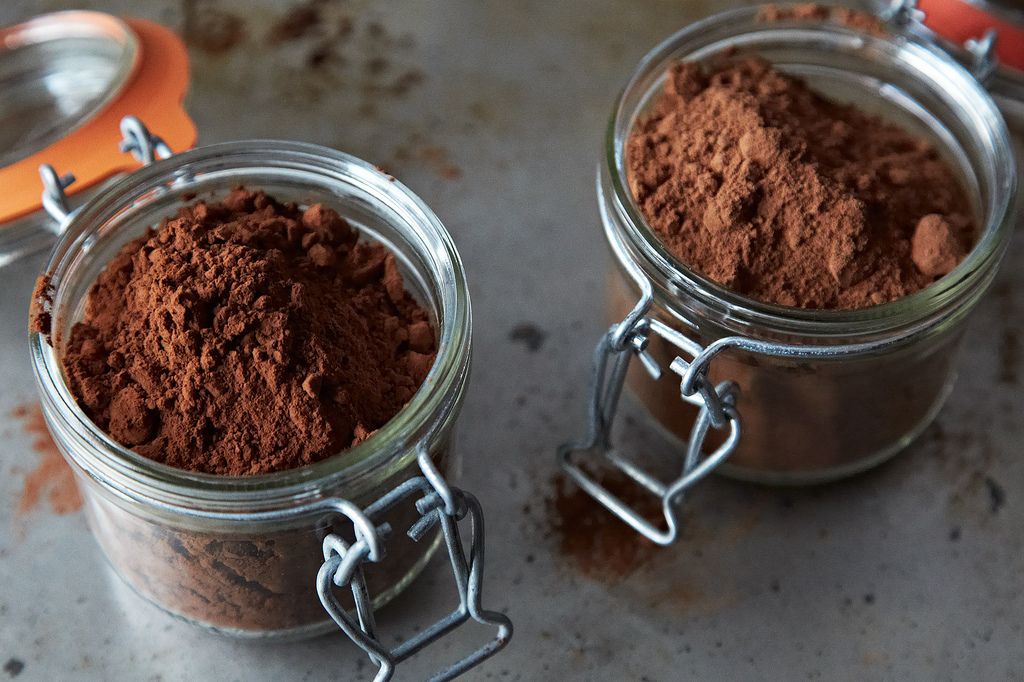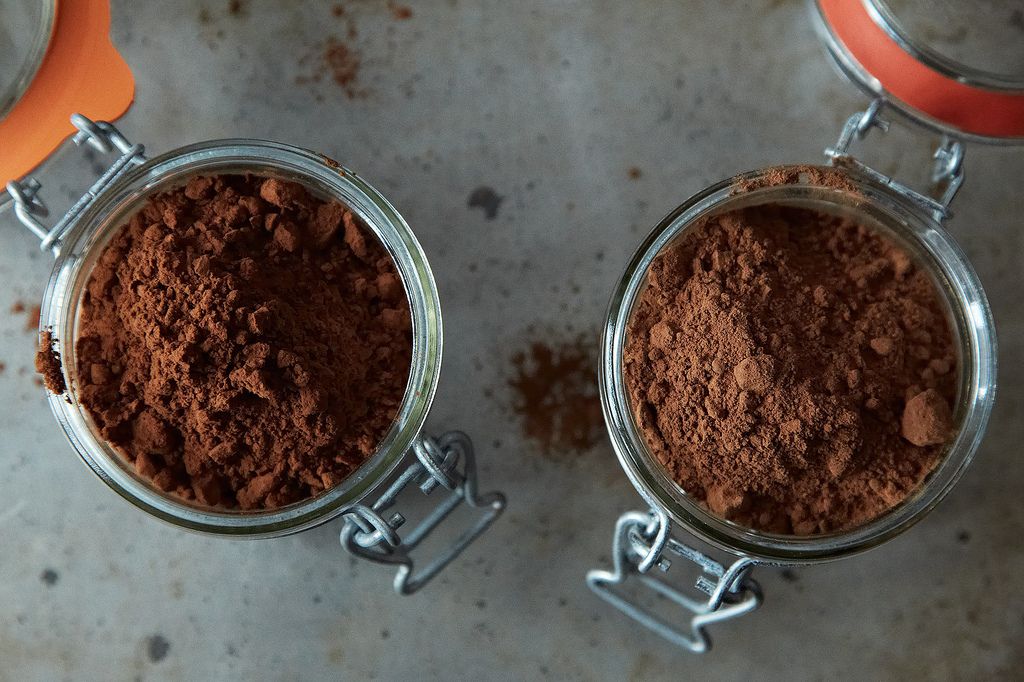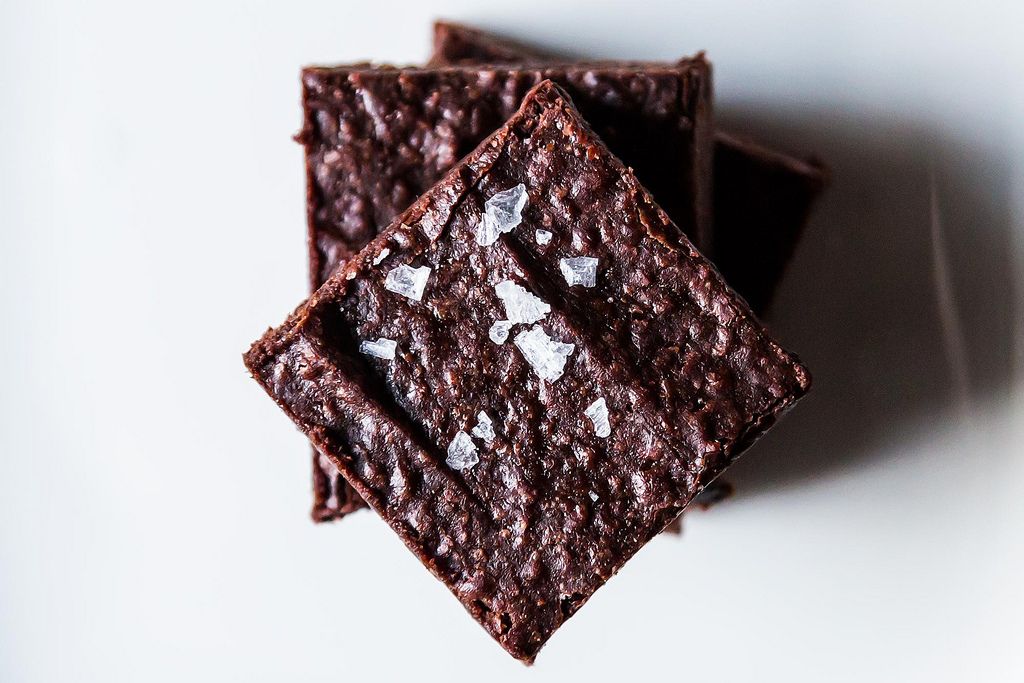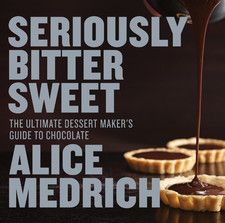Every week, baking expert Alice Medrich is going rogue on Food52 -- with shortcuts, hacks, and game-changing recipes.
Today: Alice demystifies baking with cocoa powder. You get better, more chocolatey baked goods.

Scratching your head over the difference between natural and Dutch-process cocoa and when to use which?
First, the fun part: Find out which of the two types you prefer. Then find out when you can use your favorite type, and when you should stick to the type called for in the recipe.
Natural (non-alkalized) cocoa powder is pure roasted cocoa beans -- with most of the fat removed -- ground to a fine powder. With all of the flavor but a fraction of the fat, cocoa powder is essentially a concentrated form of cocoa beans: it is bitter and strong. Since cocoa beans are naturally tart and acidic (characteristics that provide fruitiness and complexity in the best chocolates and harshness in chocolates of lesser quality), these characteristics are accentuated in cocoa powder. The best natural cocoa retains the true flavors and complexity of the cocoa bean, but lesser quality natural cocoa may be quite harsh.
Dutch-process or alkalized cocoa is chemically processed to reduce the acidity and harshness of natural cocoa. In doing so, alkalizing alters the flavor of the cocoa and darkens the color, making it appear to be more chocolatey. (Check out the photos -- it's the one on the left.) Cocoa that is highly alkalized has the signature charcoal color and flavor of Oreo cookies, which are made from it.

How to Identify Natural and Dutch-Process Cocoa Powder
Dutch-process (alkalized) cocoa may or may not be labeled “Dutch-process,” or “alkalized,” but the ingredient statement should say, “cocoa processed with alkali.” Natural cocoa is rarely labeled with the word natural on the package: the ingredient statement will simply say “cocoa” or “unsweetened cocoa powder.” Absent the word alkalized or Dutch-process on the label, you should be able to assume that the cocoa is natural. P.S. The word natural has nothing to do with whether or not the cocoa is organic!
Find Out Which Type of Cocoa You Like Best
Choose two good quality cocoas, one natural and one Dutch-process. Put several heaping spoons of each in two separate mugs. Close your eyes and ask a friend to hand you a mug. Cover it with your hand and shake it a bit. Keeping your eyes closed, bring the mug to your nose, uncover it, and sniff. Repeat with the second mug. Keep you eyes closed and ask yourself which cocoa smells more like chocolate -- more delicious. Then put a little of each on your finger and taste it. If plain cocoa on your tongue is too strong for you, mix up a couple of mugs of lightly sweetened hot cocoa and taste them. Or whip up two batches of cocoa brownies and taste the difference. You will find that flavor does not necessarily track with color!

When to Use Dutch-Process vs. Natural (and When Either One Will Work)
You can use your favorite type of cocoa in any recipe that does not include baking powder or baking soda: hot cocoa, sauces, frostings, and even brownies and sponge cakes, so long as no baking soda or powder are called for.
Recipes with leavening are a different story: leavenings work in concert with the acidity or alkalinity of the ingredients in the recipe to produce the right texture and flavor in the cake, so it’s best to stick with the type of cocoa called for. The wrong cocoa can result in a cake with a gummy textures or soapy flavor.
What to Do if a Recipe Calls for Leavening but Does Not Specify the Type of Cocoa to Use
Older American recipes for chocolate cakes (like those handed down from your mother or grandmother or from older magazine issues) are typically leavened with baking soda but rarely specify a type of cocoa. Use natural cocoa powder in these old recipes. Why? Natural cocoa was the only cocoa available in the baking aisle back in the day. And baking soda is the proper leavening for batters that contain natural cocoa powder: the soda reacts with the acidity of the cocoa powder to produce the right flavor and light texture.

More: Get Alice's (genius) Best Cocoa Brownies recipe.
 Alice's new book Seriously Bitter Sweet is a complete revision of her IACP award-winning Bittersweet, updated for the 54%, 61%, and 72% (and beyond) bars available today. It's packed with tricks, techniques, and answers to every chocolate question, plus 150 seriously delicious recipes -- both savory and sweet.
Alice's new book Seriously Bitter Sweet is a complete revision of her IACP award-winning Bittersweet, updated for the 54%, 61%, and 72% (and beyond) bars available today. It's packed with tricks, techniques, and answers to every chocolate question, plus 150 seriously delicious recipes -- both savory and sweet.
Photos by James Ransom







See what other Food52 readers are saying.